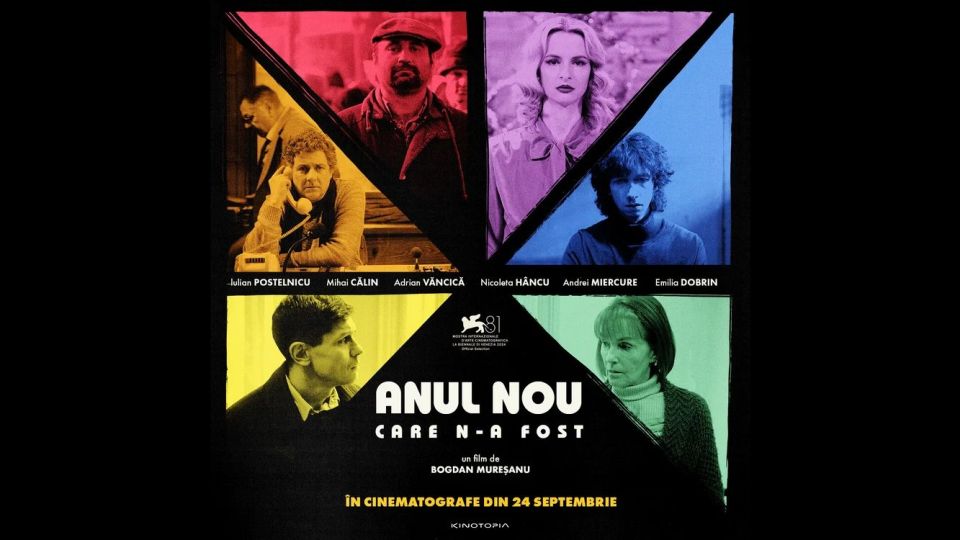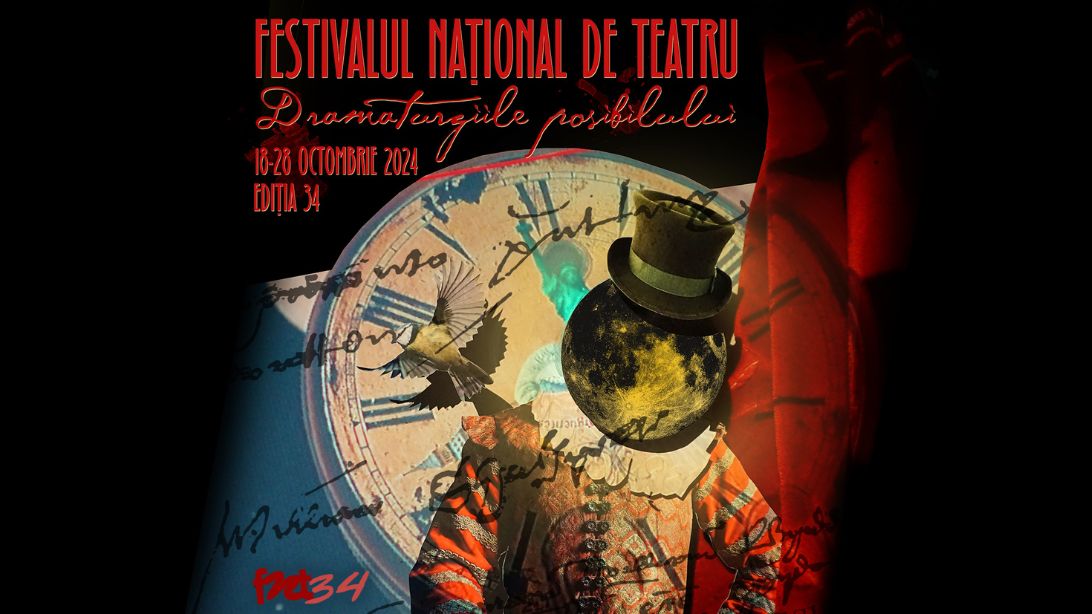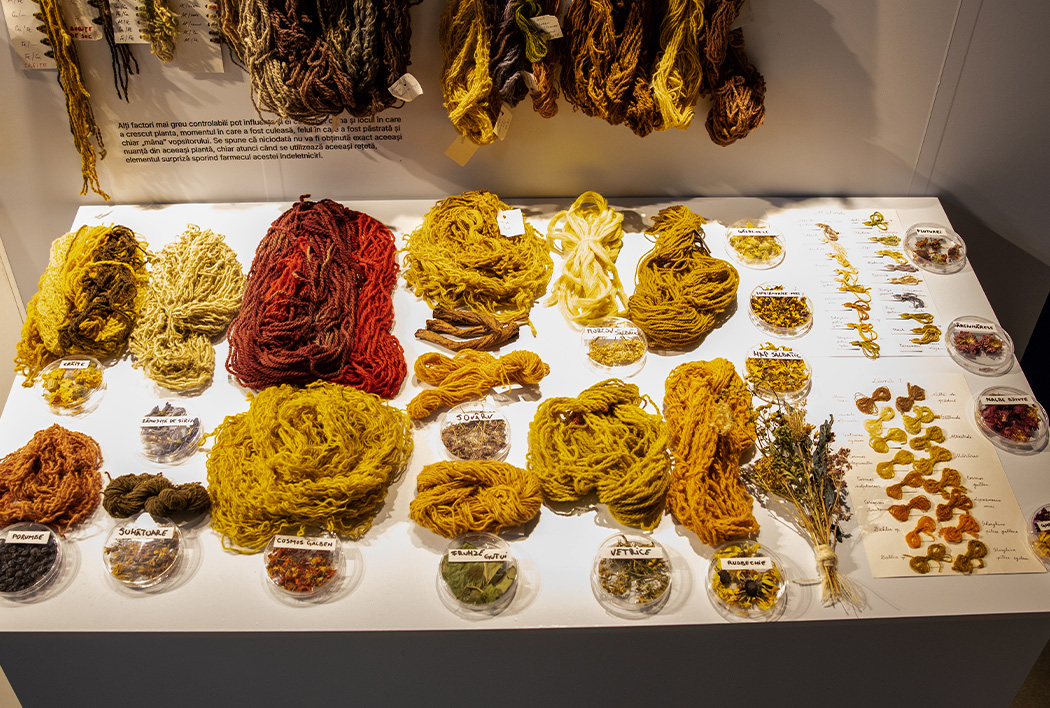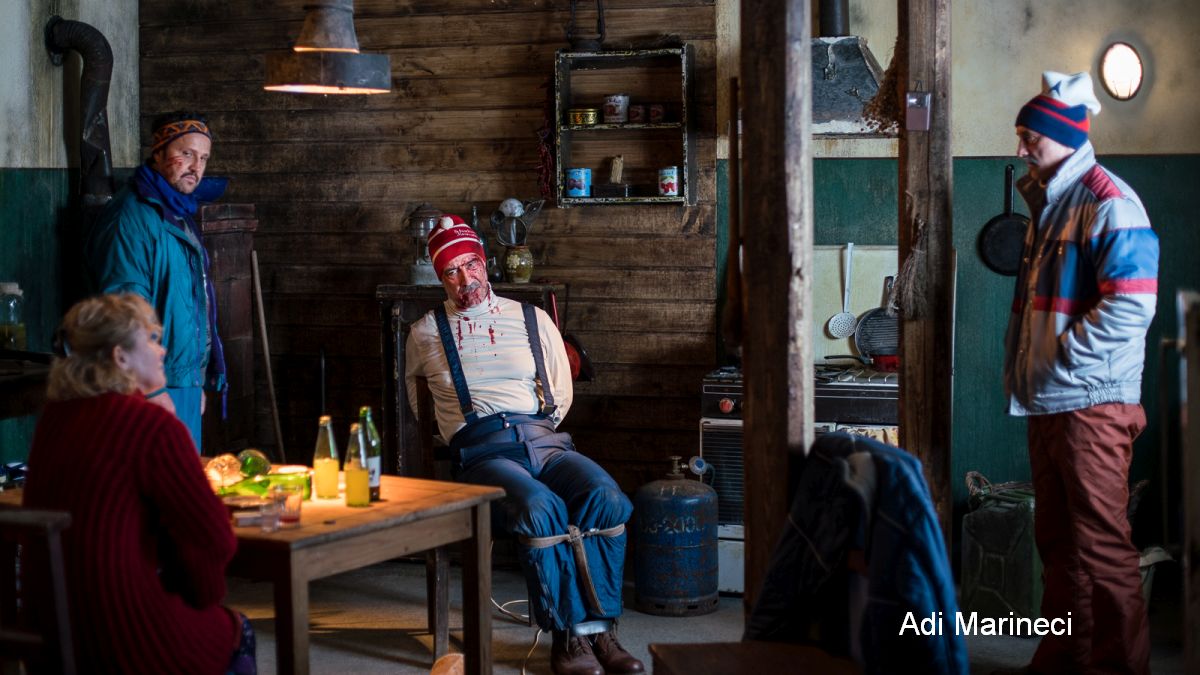Romania’s participation in the Venice Biennale
"What Work Is" is the selected project that will represent Romania at the 60th edition of the Venice Art Biennale.
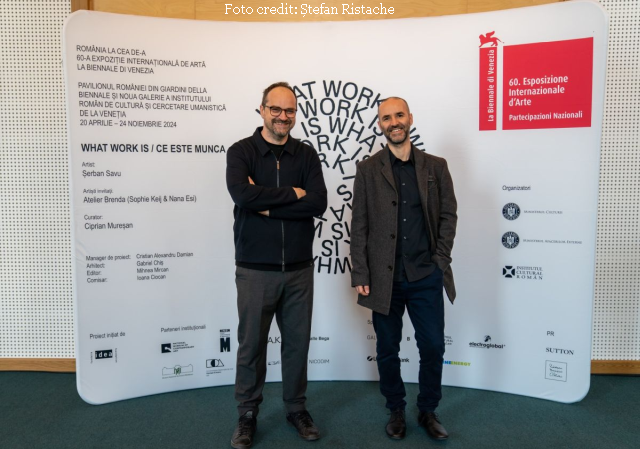
Eugen Cojocariu and Ion Puican, 06.04.2024, 14:00
“What Work Is” is the selected project that will represent Romania at the 60th edition of the International Art Exhibition – Venice Art Biennale / La Biennale di Venezia. The project belongs to the artist Șerban Savu and will be presented in the Romanian Pavilion in the Giardini della Biennale and in the New Gallery of the Romanian Institute of Culture and Humanistic Research in Venice from April 20 to November 24, 2024. The theme of the project proposed by Șerban Savu is the relationship between work and spare time.
Șerban Savu is a visual artist who lives and works in Cluj (north-west Romania), a graduate of the Art University in Cluj, a realistic painter who captures daily life and contemporary existence in Romania, focusing on themes related to work and pleasure. The Venice Biennale project is curated by the artist Ciprian Mureșan, a workshop colleague and collaborator of Șerban Savu.
The artist Șerban Savu will tell us next about the project that will represent Romania:
“‘What Works Is’ is the title of a poem by Philip Levine, a poet who was concerned with work and asked himself questions about what work is and answered in an absolutely admirable way. I found myself in his poems. It’s no coincidence that my 2018 book is built around five Philip Levine poems about work. I have been working on this topic or I have been interested in this topic for quite some time. In a way, I saw it through the lens of art history, looking at pre-89 propaganda art, which still stayed with us and still exists today, but not so visibly. And, as Ciprian said, we don’t know how to relate to it for now. Too little time has passed to have a relaxed or objective attitude. We are too subjective. And so, we approached the theme of work, trying to understand who we really are today. But with the help of art, of art history.”
So what will visitors be able to see? Șerban Savu:
“The Central Pavilion will feature a large polyptych containing over 40 paintings. This wall of paintings will be complemented by a structure of plinths on which four models will be exhibited, scale models of emblematic buildings with mosaic insertions. And, at the New Gallery of the Romanian Cultural Institute, we will be creating, over the course of seven months, a large mosaic consisting of a picnic scene, a leisure scene and a Labour Day scene in which everyone is free to spend this day as they like, with no propaganda implications.”
Șerban Savu explains why he chose the polyptych, which is a kind of panel painting, to exhibit his work:
“It’s a canonical form. I look at reality and everything around me through the filter of art history, and the polyptych, which is a form of religious art, helps me look at ideology. Before, work was part of the official art and propaganda art and was a fundamental component of society. Now things are naturally different and I was curious to see how today’s world can find its independence and elude the productive systems and find its autonomy. Work naturally implies a state of alienation, especially working abroad, alienation felt by those who leave their countries to work abroad and by those who return after a long time spent abroad to a reality they now feel estranged from.”
Ciprian Mureșan, who is the curator of the project, gave us more details about the theme and inspiration of the project and the relationship between the two artists who designed it:
“Artists have a special relationship with work. I am an artist by profession myself, not a curator, I am sharing a studio with Șerban, and work for us artists is being in the studio from morning till evening, and working without necessarily having any results. Of course, some artists can be more bohemian. We started by selecting the works. We reached an agreement quite quickly, because we are on the same wavelength, what with sharing a studio. We’re both intuitive. We moved quickly and reached a conclusion.”
Ciprian Mureșan describes the elements of the exhibition in the Biennale and tells us more about Șerban Savu:
“Șerban Savu is a painter by training. Around 2008-2009, he began experimenting with mosaic art. He used to love old Roman and Greek mosaics. So the exhibition will bring together a selection of paintings made between 2005 and 2024, 45 of them, displayed in a polyptych, which is a kind of altarpiece, let’s say, in a kind of dialogue with Venice.”
To end, let us also hear from Romania’s commissioner for the Venice Biennale, Ioana Ciocan, who spoke about the selection of the projects and this year’s winning entry:
“I must say that the Romanian pavilion at the Venice Biennale never goes unnoticed. This year, there will be almost 90 countries with national pavilions and Romania is lucky to have had its own pavilion in the Giardini de la Biennale ever since 1938. Romania has always sent important artists to Venice and I’d like to mention some of them: from Nicolae Grigorescu and Ștefan Luchian to Henry Mavrodin, Geta Brătescu and, more recently, Adrian Ghenie. I’m sure this year’s exhibition will be a success with visitors, who will no doubt find scenes that are very familiar to them. I believe more artists and more curators should apply for the Biennale. It’s true that the competition is always close, but they should all make an effort and send in their applications to be assessed by a jury. It’s a difficult process, especially for the members of the jury, who come from both home and abroad. It’s a difficult process because there’s a great responsibility, the project will represent the country.”

